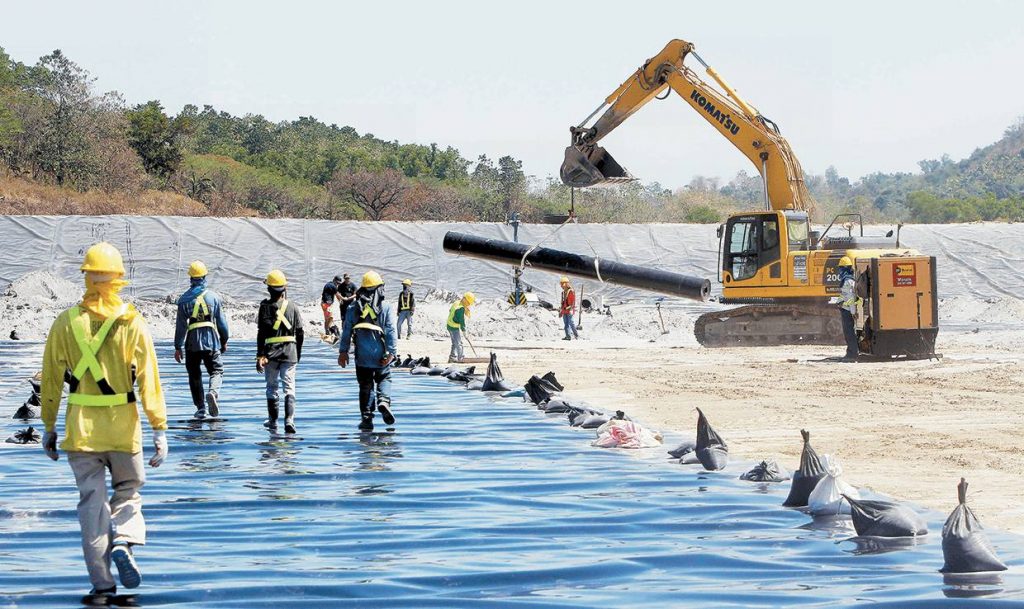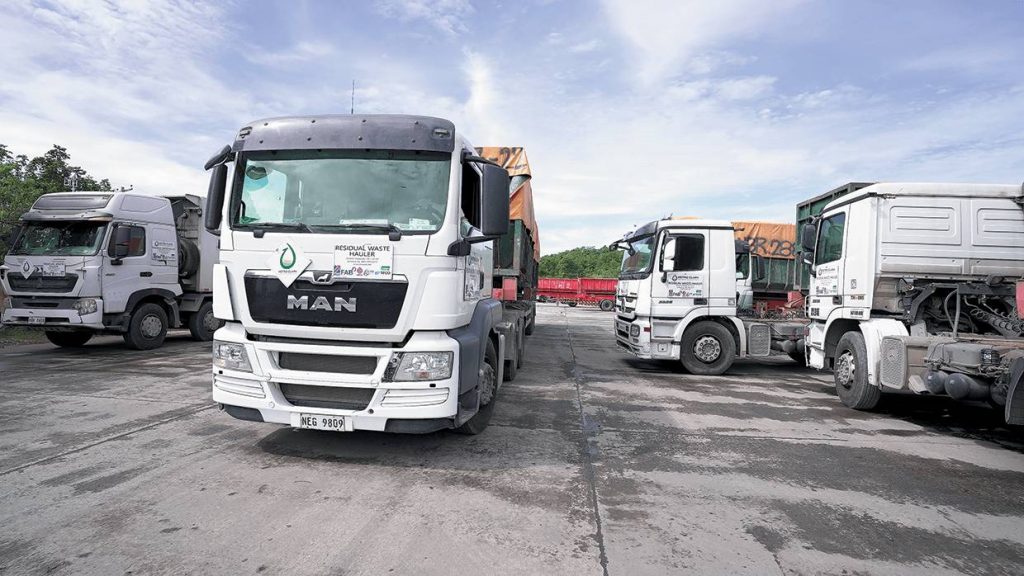CLARK FREEPORT CITY – Amid a looming garbage crisis, the proposed $250-million waste-to-energy investment project is a “good fit” to the sustainability thrusts of New Clark City, said Aileen Zosa, president and CEO of the Bases Conversion and Development Authority (BCDA).
“We want to make New Clark City a livable, walkable, sustainable, and efficient community. We want to ensure that our garbage are efficiently collected and disposed,” said Zosa at last week’s 20th anniversary celebration of Metro Clark Waste Management Corp. MCWMC), operator of the first and largest engineered sanitary landfill in the Philippines.
Zosa’s statement was in reaction to the announcement of MCWMC and its international partner, Plambeck Emirates, of their plan to upgrade their current solid-waste management system into a waste-to-energy facility before their sanitary landfill reaches its full capacity in a few years.

Zosa said Metro Clark’s unsolicited proposal for a waste-to-energy facility has the potential to become a demonstration for other environment-friendly initiatives in the country.
Secretary Antonia Yulo-Loyzaga of the Department of Environment and Natural Resources (DENR) agreed with Zosa and also welcomed the plan for a trash thermal treatment plant in Central Luzon.
“We would like to see more of Metro Clark’s projects take off because this would mean more green investments pouring into our country. Apart from creating jobs, we are also looking at lengthening the lifespan of sanitary landfills and improving our environmental outlook,” Yulo-Loyzaga said in her message read by the DENR Undersecretary Juan Miguel Cuna.

The DENR chief applauded MCWMC for its “pioneering waste management system in the Philippines.”
She noted that MCWMC’s sanitary landfill is the only facility in Southeast Asia that is internationally certified for environment management system, occupational health and safety, and quality management system.
Yulo-Loyzaga said DENR’s National Solid Waste Management Commission already allows the operation of waste-to-energy facilities after the Department issued in November 2019 Administrative Order 2019-21. She said the AO contains guidelines on the establishment of waste-to-energy facility that comply with the emissions standards under the Clean Air Act of 1999, and the regulations under the Clean Water Act of 2004 and the Toxic Substances, Hazardous and Nuclear Waste Act of 1990.
The DENR chief cited the permit granted to the waste-to-energy facility in Puerto Princesa, Palawan, which generates 5.5 megawatts of electricity from 110 tons of municipal waste.
Sanitary engineer Holger Holst of Plambeck Emirates said that the Philippines is in the middle of a solid waste crisis. He said that as the country generates solid waste at the rate of 40,000 tons a day, its existing landfills are fast reaching their limit.
Once installed, the MCWMC waste-to-energy plant would become the first such facility in Clark, New Clark City, and the Philippines.
MCWMC serves over 150 local government units (LGUs) and 1,000 industrial clients in Central Luzon.
